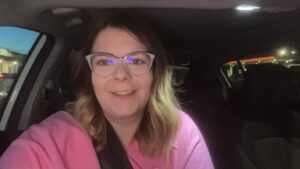One of the most mind-blowing questions I have in science is, are we actually alone in the universe? With plenty of galaxies, each having billions of stars, and most stars have planets, it seems like life could be somewhere else. I took a deep dive at how scientists look for alien life. Let’s look into what scientists look for in alien life. The most burning question is that these planets are outside of our solar system, and whether or not we can make contact with aliens.
The Goldilocks Zone
To even have a chance at life, a planet needs to be in a habitable zone, this is also called the “Goldilock Zone, “ this distance is perfect for a star where the planet isn’t hot or cold but allows water to exist. The Goldilock Zone is the right spot where conditions allow life to flourish. It’s mostly the universe’s perfect recipe for life. 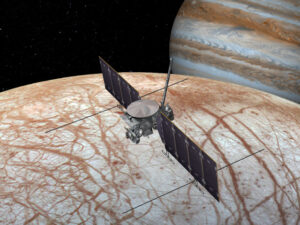
The Hunt for Exoplanets – Other Earths?
 Astronomers have found over 5,500 exoplanets using telescopes like Kelper and James Webb. Some planets could even be habitable, which could mean they could host life just like Earth can.
Astronomers have found over 5,500 exoplanets using telescopes like Kelper and James Webb. Some planets could even be habitable, which could mean they could host life just like Earth can.
Scientists have 2 main methods to locate exoplanets:
Transit Method: When a planet goes right in front of its star, the light slightly dims. (This is how the Kepler Space Telescope found most exoplanets!)
Radial Velocity Method: When a planet’s gravity pulls on its star, it causes unsteady movement that can be detected.
Check out the Exoplanet App an interactive app where you can discover known exoplanets and look deeper into the data
Signs of Life, What Are We Looking For?
Okay, so I’ve found a possible livable planet. How do I know there is life there? Scientists look for biosignatures, and clues that might have life present. These clues include:
Oxygen and Methane: It’s produced by living organisms.
Water Vapor: This is important for life.
Unusual Light Patterns: This could be signs of alien technology!
Are Aliens Trying to Contact Us?
What if aliens did exist,and they have been trying to communicate with us? Search for Extraterrestrial Intelligence (SETI) is a giant radio-like telescope that scientists listen for signals from alien life.
Wow! Signal: In 1977, astronomers detected a strange radio signal that lasted just for 72 seconds. It has never been explained, and some still believe it could have been a message from aliens. Could this have been aliens reaching out?
Want to learn more about Wow! Signal? Here’s an article from Houston Astronomical Society.
Could We Ever Travel to an Alien Planet?
Now, if we found an alien planet with life on it, how could we visit? The closest star system, Alpha Centauri, is 4.2 light-years away. And at our technology levels today, it could take thousands of years to get there. But here’s the twist, scientist are thinking of ways to get us there faster, such as:
Light Sail Technology: Lasers pushing a tiny spaceship 20% the speed of light.
Wormholes: A shortcut through spacetime!
Final Thoughts, Are We Alone
After looking at the universe for possible life, I’m left questioning, are we the only being in this huge, limitless expanse? With the discovery of plenty of exoplanets and the search for alien life, the universe is full of possibilities. The most knowledgeable takeaway from this week, even if we never make contact with outside life, the search itself brings us closer to the understanding of true nature and our existence. understanding of true nature and our existence 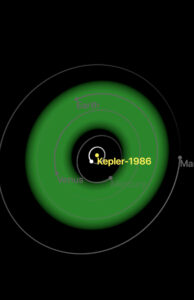

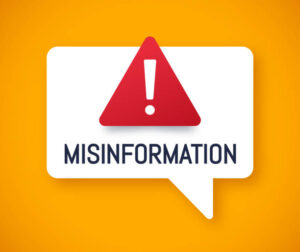
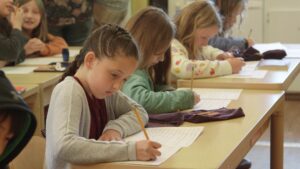
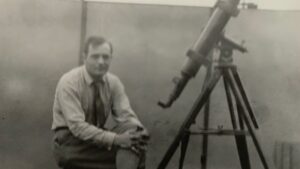 For most people, they thought the universe was everlasing and constant. But this idea was changed in the 1920s when Edwin Hubble an astronomer came into the picutre.
For most people, they thought the universe was everlasing and constant. But this idea was changed in the 1920s when Edwin Hubble an astronomer came into the picutre.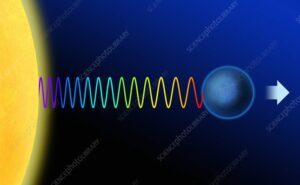
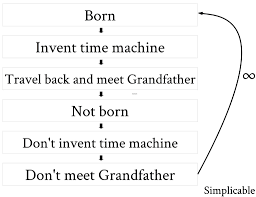 The challenge? Paradoxes.
The challenge? Paradoxes.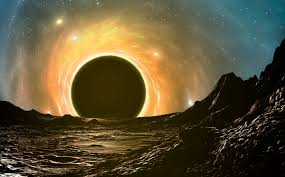
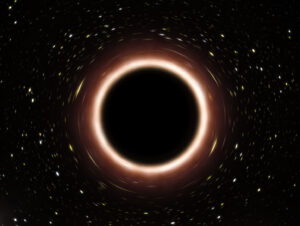
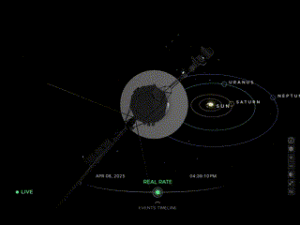
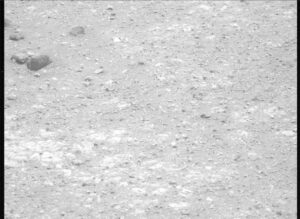 I also lo
I also lo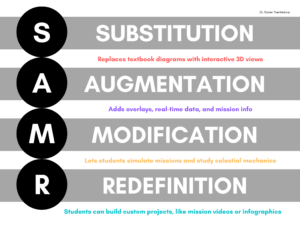

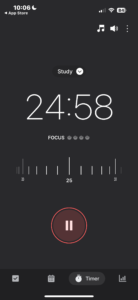

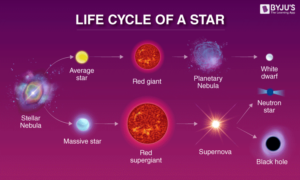 the basics of stargazing, I downloaded the app called “Night Sky,” which has helped me spit the Orion and Bigger Dupper. It’s much easier when you have something to guide you! I have watched some videos as well to help understand how stars are born and how they die. One of the things I learned is that a star’s life cycle really depends on the size (who knew!?)massive stars blow up as supernovae, while smaller stars like the Sun will become white dwarfs.
the basics of stargazing, I downloaded the app called “Night Sky,” which has helped me spit the Orion and Bigger Dupper. It’s much easier when you have something to guide you! I have watched some videos as well to help understand how stars are born and how they die. One of the things I learned is that a star’s life cycle really depends on the size (who knew!?)massive stars blow up as supernovae, while smaller stars like the Sun will become white dwarfs.